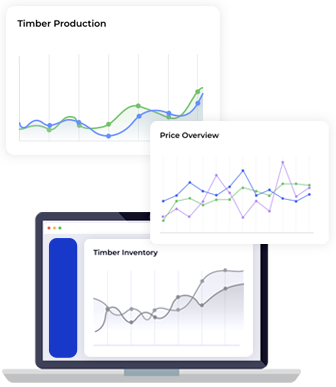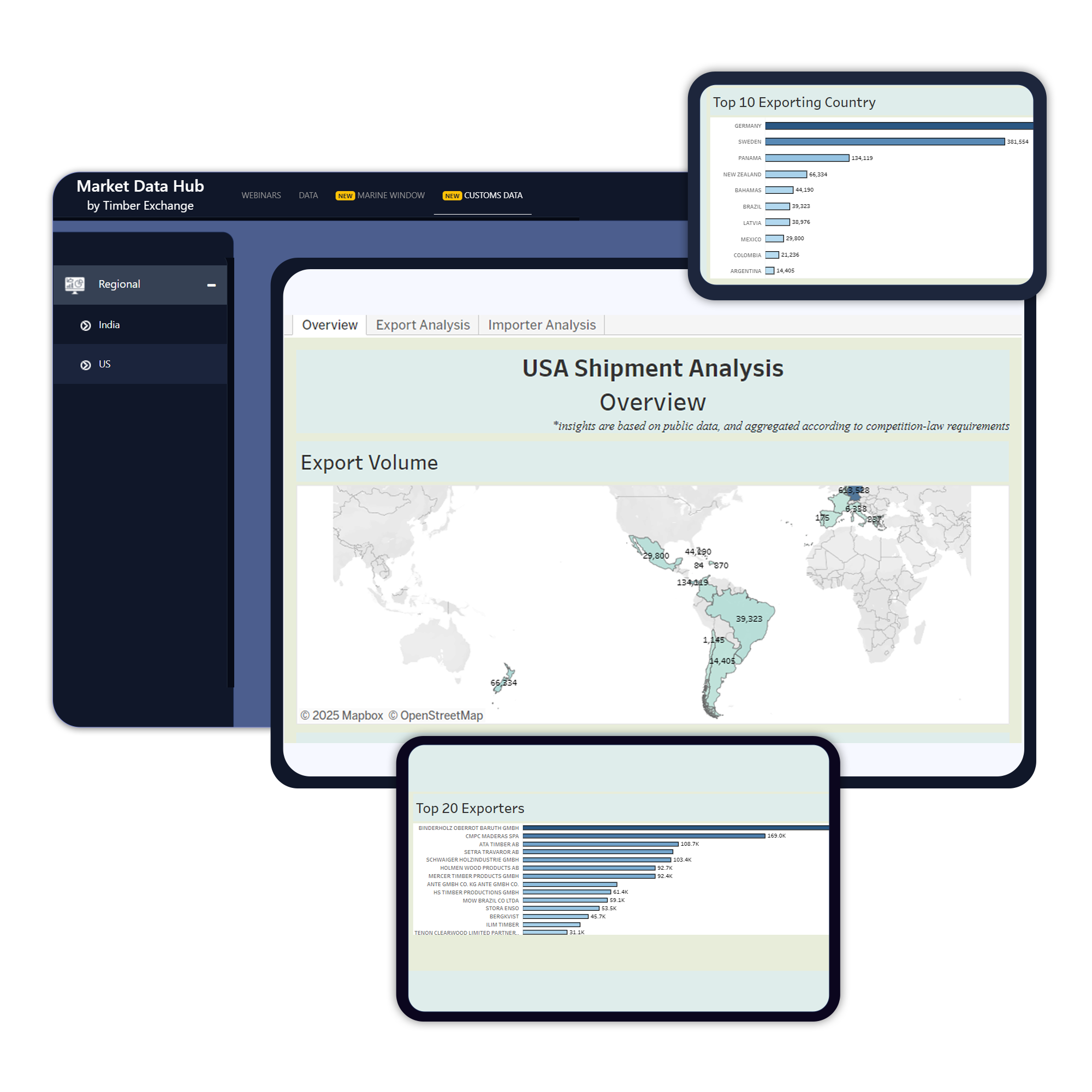ANALYSIS Global Lumber Prices Resetting
Posted on September 30, 2021 |
By Russ Taylor, President, RUSS TAYLOR GLOBAL, Vancouver BC Canada (former President of International WOOD MARKETS Group)
The global pandemic has created a wild lumber market since April 2020. We all know the crazy lumber prices that occurred over this time in the US market, but other international regions are seeing somewhat different trends.
Following the peak of US lumber prices in late May 2021 at US$1,630/Mbf (using the benchmark W-SPF 2x4 #2&Better R/L, FOB BC mill; US$1,053/m3, net) and the subsequent price collapse through mid August to US$385/Mbf (US$249/m3), lumber prices have slowly clawed their way higher to US$498/Mbf (as of Sept 24). While no one could have ever predicted this super price spike and subsequent collapse, the outlook is for improving US prices into fourth quarter before a likely correction occurs later in the year. In looking into 2022, prices could be in the US $600/Mbf range at times in Q1 and Q2 before a more balanced supply and demand situation occurs with lower prices. Considering that the peak US lumber prices prior to 2018 was US$470/Mbf (1999 and 2004; nominal prices), current and projected price levels should look extremely attractive to most North American lumber mills. However, not in BC, as explained later.





